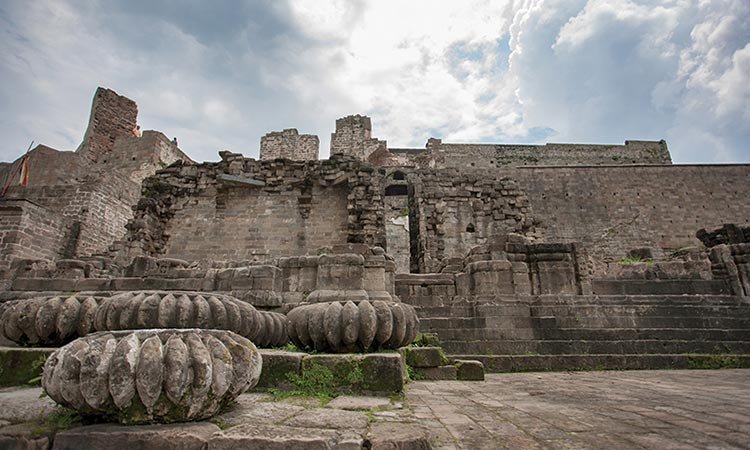In my travels through distant lands seeing ancient sights, one theme resonates. It is a foreboding sense that the treasures and pleasures of this world are fleeting. It is as if the ruins call out, saying: “Trust not in uncertain riches; power and fame are an illusion!” Or as was written over one Roman nobleman’s tomb in a cryptic message from beyond: “As I am, so shall you be!”
This is a reality check not unlike the bitter experience of the author of Ecclesiastes. He said: “I became greater by far than anyone in Jerusalem before me. In all this my wisdom stayed with me. I denied myself nothing my eyes desired; I refused my heart no pleasure. My heart took delight in all my labor, and this was the reward for all my toil. Yet when I surveyed all that my hands had done and what I had toiled to achieve, everything was meaningless, a chasing after the wind; nothing was gained under the sun” (Ecclesiastes 2:9–11 NIV).
Each place of former glory has its own unique story buried under the rubble of centuries. On occasion a small piece of that story juts out into the sunlight and we get a glimpse of what lies beneath. Such was the case in our recent visit to the Kangra Fort in northern India, which was dubbed “the pearl of the Himalayas” by Mughal rulers who coveted its control of the region.
The narration we listened to told that people from the surrounding lands regularly brought their gifts to the temples there. As the treasuries burst from the surplus, they dug wells to store the vast wealth that had accumulated, which of course did not go unnoticed. In 1009, Mahmud of Ghazni captured the city and, with his camels straining under the load, he hauled away seven tons of gold coins, eight tons of diamonds and pearls, and 28 tons of silver and gold utensils!
The people tried to console the former ruler of the city by each subject giving one rupee. The money collected was used to buy a pearl necklace, which was presented to him. This necklace was a family heirloom until it was handed over to the British in exchange for a small area of land to rule. Today, that necklace is among the crown jewels in London.
Like so many edifices of glory that have been shaken to the ground, Kangra Fort was heavily damaged in an earthquake that struck the area in 1905.
All this impermanence gets me to thinking: What does matter? What will last? Jesus tells us that “one’s life does not consist in the abundance of his possessions” (Luke 12:15). So, what does it consist of?
At the end of Ecclesiastes, the author sums it up, saying: “Now all has been heard; here is the conclusion of the matter: Fear God and keep his commandments, for this is the duty of all mankind. For God will bring every deed into judgment, including every hidden thing, whether it is good or evil” (Ecclesiastes 12:13–14 NIV).
Jesus tells us that the greatest commandment is for us to love God and others, which will reap heavenly rewards. No, we can’t take anything with us when we die, as the rich fool in Jesus’ parable found out. Instead of distributing his abundant grain stocks, he stayed up late planning bigger barns that would hold his surplus. But that night he died. (See Luke 12:16–21.)
Naked we came into the world and naked we’ll depart, but here’s the good news: Jesus promised that what we do in love for God and others will last. He will reward us now and in the hereafter.
My dad was a divorce lawyer. After a lifetime of dealing with squabbling parties, he mused: “In the end, it is all about junk. Who would get this sofa or that car? What a waste! Life is so much more than stuff!”
Paul’s advice to young Timothy was to love and trust in the living God. (See 1 Timothy 6.) We are to enjoy what we have, and even be thankful when we have precious little. We are to be generous and help those who are in need, and keep the lines of communication open to share our faith and encourage others.
Those are good principles to live by! Those are eternal treasures that an earthquake can’t bring down and camels can’t cart away.
